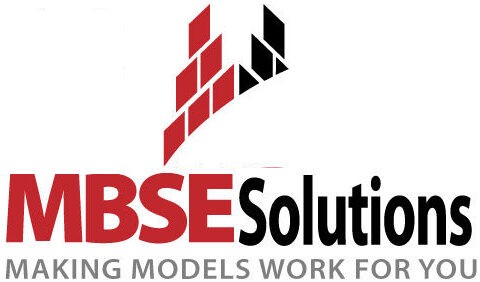An Appeal to All Systems Engineers Required to Learn SysML
For those of you who already know the language, who aspire to do modeling, or who want to document and design your system, I am not submitting to you. However, I am quite certain there is an entire class of engineers who could care less about model based systems engineering, no less having to put any time or energy into learning a new language. They simply want to do their jobs. Visio, PowerPoint, Excel suits them just fine, thank you very much.
Language, Structure, Formalization . . . Blah, Blah, Blah
“I just want to document my system and get on with it. Then I can design it, and someone else is going to build it. This modeling design stuff is just getting in the way.” If you can identify with these statements, please read on. To all of you systems engineers that feel this way, I am sympathetic to your plight! I understand the sentiment that getting it right enough is often better than getting it perfect. Mathematics strives to be exact, but systems engineering is the science of making it work with what you have. Exact costs too much. Medical science engineers who deal with pacemakers and aerospace engineers alike all understand the concept of qualifying sufficiently. There is no such thing as a bug-less system. There will always be something erroneous, but how much do you want to catch, and how much is it going to cost to catch everything that’s wrong?
Solution: Designing Your System to Catch What’s Wrong
I also understand that you don’t want to have to learn the language and all of the formalization required. You merely want to do your job, get the thing in there, and document what’s wrong. I have seen what works for some engineers, and this is what I think can be useful to many others. That is, to just use Excel, Visio or PowerPoint to put the desired data in, and then use an importer to create a model. You can also synchronize in your requirements from many different sources and reverse engineer your source code, as well as being in data models from Simulink. Afterward, you can go in and figure out how to do analysis against that model, perform traceability, and do impact analysis for changes. You might have to know a little bit more about the model and how to model functions, but at least you can get the data in and get the job done quickly. These importers can be customized and changed. How, you may ask, can we acquire this importer? MBSE Solutions can help you create the importers or translators for the tool you are using. In other words, you can draw in Visio, or any other tool, and the importer will understand what it means, and then translate it into one cohesive model instead of separate pieces of paper. Along with this importer, an exporter can also be created, so that you can export the same stuff you just modeled. Another thing I have seen that works in the marketplace, beyond just putting data into Excel sheets with multiple tabs (we have samples to show this) is something called SysML XL, or SysML Extended Language, that MBSE Solutions has created in conjunction with NASA. SysML XL allows you to draw what you want using boxes, for example, and it translates the information into SysML. No language learning is necessary. You simply draw like you normally do, and essentially treat the modeling like Visio in the modeling tool. Please contact me if you would like more information on SysML.


